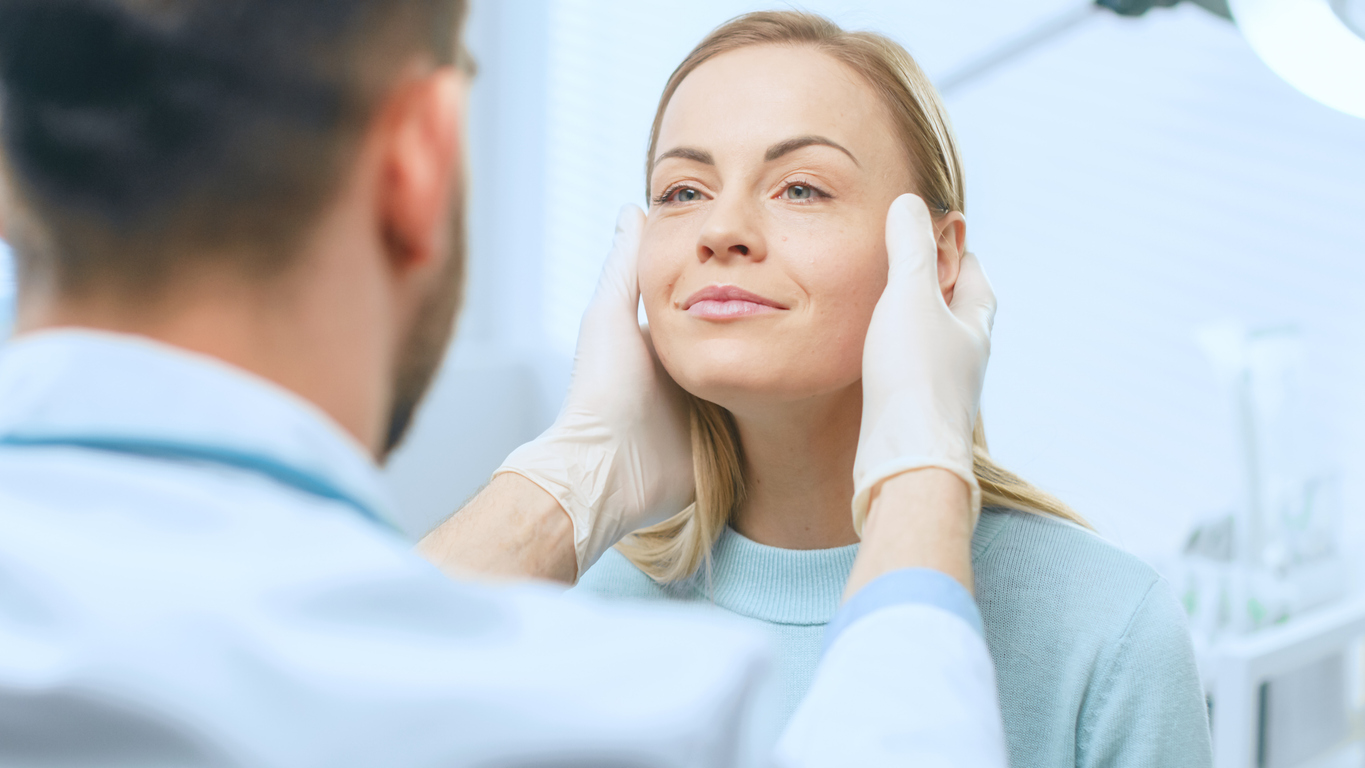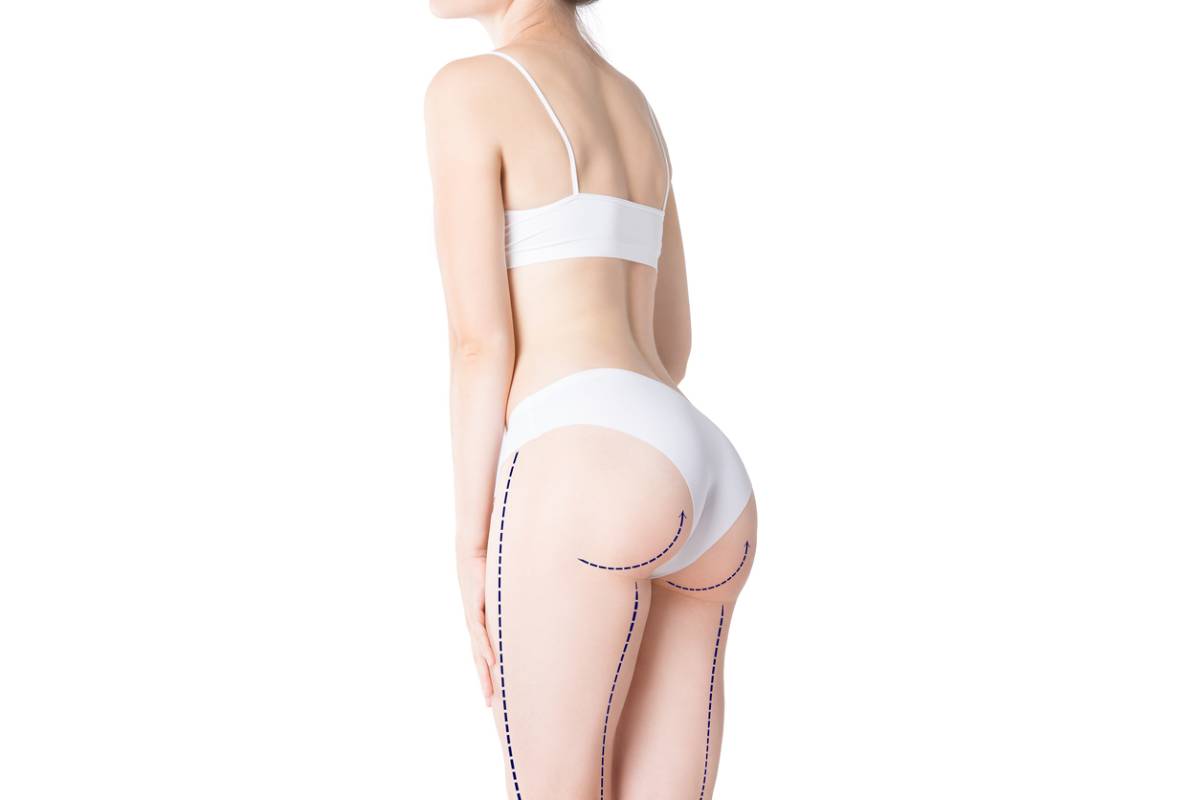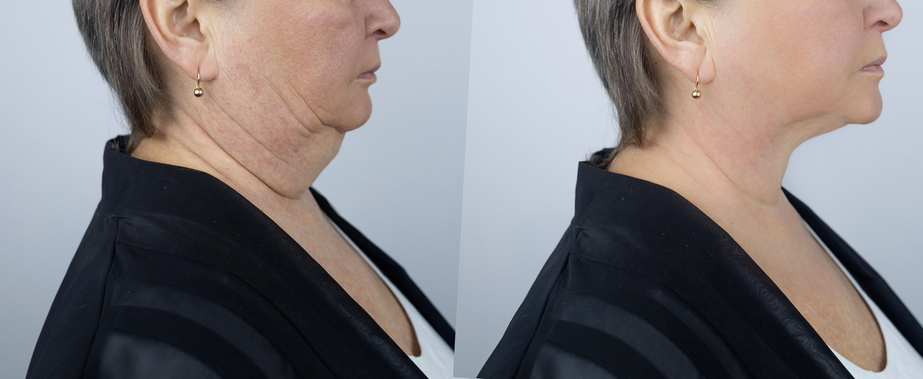Who Is a Good Candidate for a Thigh Lift?
The warm summer weather is in full effect, and with it, people have transitioned to their summer wardrobes. Shorts, skirts, dresses, and swimsuits are all great ways to stay cool in the warm weather. For those who are unhappy with the look of their legs, this time of year may cause some anxiety. Aging and rapid weight change can impact the appearance of your thighs, such as an increase in loose skin and sagginess around the thighs. A thigh lift is an effective procedure that restores the look of the thighs, but before proceeding with the surgery, it is important to know who is a good candidate for a thigh lift.
Who Is a Good Candidate for Thigh Lift?
A thigh lift is a cosmetic procedure that dramatically improves the appearance of the thighs. A board-certified plastic surgeon performs the procedure, which can offer amazing results. A thigh lift involves the removal of excess skin and fat around your thigh, leaving the area thinner and firmer. It is highly beneficial for those who have skin sagging and stubborn fat around their thighs. Consider the following candidacy requirements for a thigh lift.
People Who Have Experienced Substantial Weight Loss
People who have lost a substantial amount of weight often have excess skin on their thighs because the skin does not always fully bounce back after weight loss. The loss of elasticity in your skin is caused by the natural aging process and unhealthy lifestyle habits, which can accelerate the aging process as well. Those who have lost a lot of weight are good candidates for a thigh lift procedure. A thigh lift removes the excess skin and fat so you can show off your legs with confidence.
People Who Remain at a Consistent Weight
Candidates for a thigh lift should be close to their goal weight. Maintaining your weight at the time of a thigh lift is necessary to ensure the results of your operation last. If you have gone through a significant weight loss journey, it is important to have kept your weight stable for some time. It is helpful to talk with the surgeon during your consultation about your weight loss journey and how long you have been at your current weight.
People Who Are Healthy Overall
Candidates for the thigh lift procedure should be in good overall health, which is necessary to ensure proper healing. Candidates should not have any serious medical conditions, as certain conditions can negatively impact the healing process. It is also important not to smoke. Smoking can impact the results of your procedure, so it is critical to avoid smoking altogether. Discuss your medical history with the surgeon during your consultation to ensure you are a good candidate.
Expectations Post-Surgery
Candidates should have realistic expectations about the procedure. A thigh lift can offer amazing results and those who have had the procedure report an increase in their confidence. To ensure such results, candidates should commit to maintaining a healthy lifestyle. This includes regular exercise and eating a balanced diet, which are all necessary to preserve the results of the thigh lift.
Schedule Your Consultation
A thigh lift is a highly effective procedure that offers several benefits. It improves the appearance of your thighs and can improve your self-confidence. The results provide a firmer and more contoured look you can feel good about. Patients often report an increase in their self-esteem as their clothes fit better. If you are unhappy with the look of your thighs, consider a thigh lift.
The first step in moving forward with the procedure is scheduling a consultation with Dr. Brent Moelleken. Dr. Brent has helped countless patients improve the look of their legs with a thigh lift. He is focused on your aesthetic goals to ensure you look and feel your best. Contact his office today to schedule a consultation!





